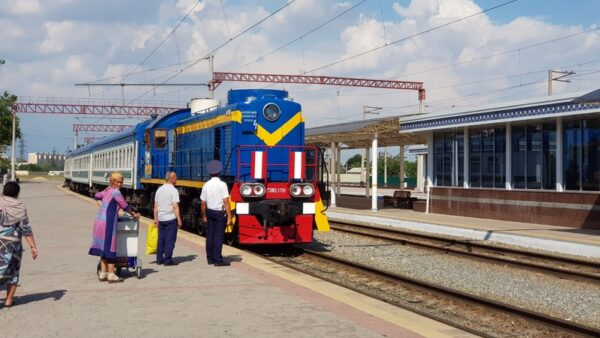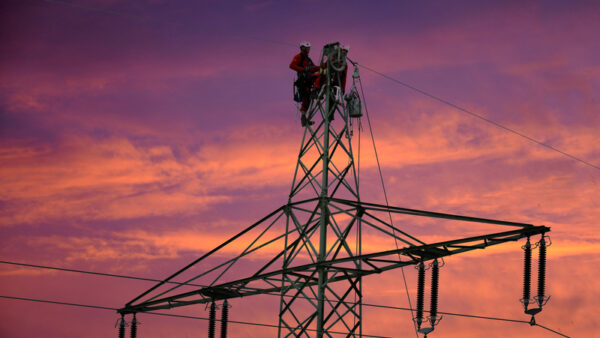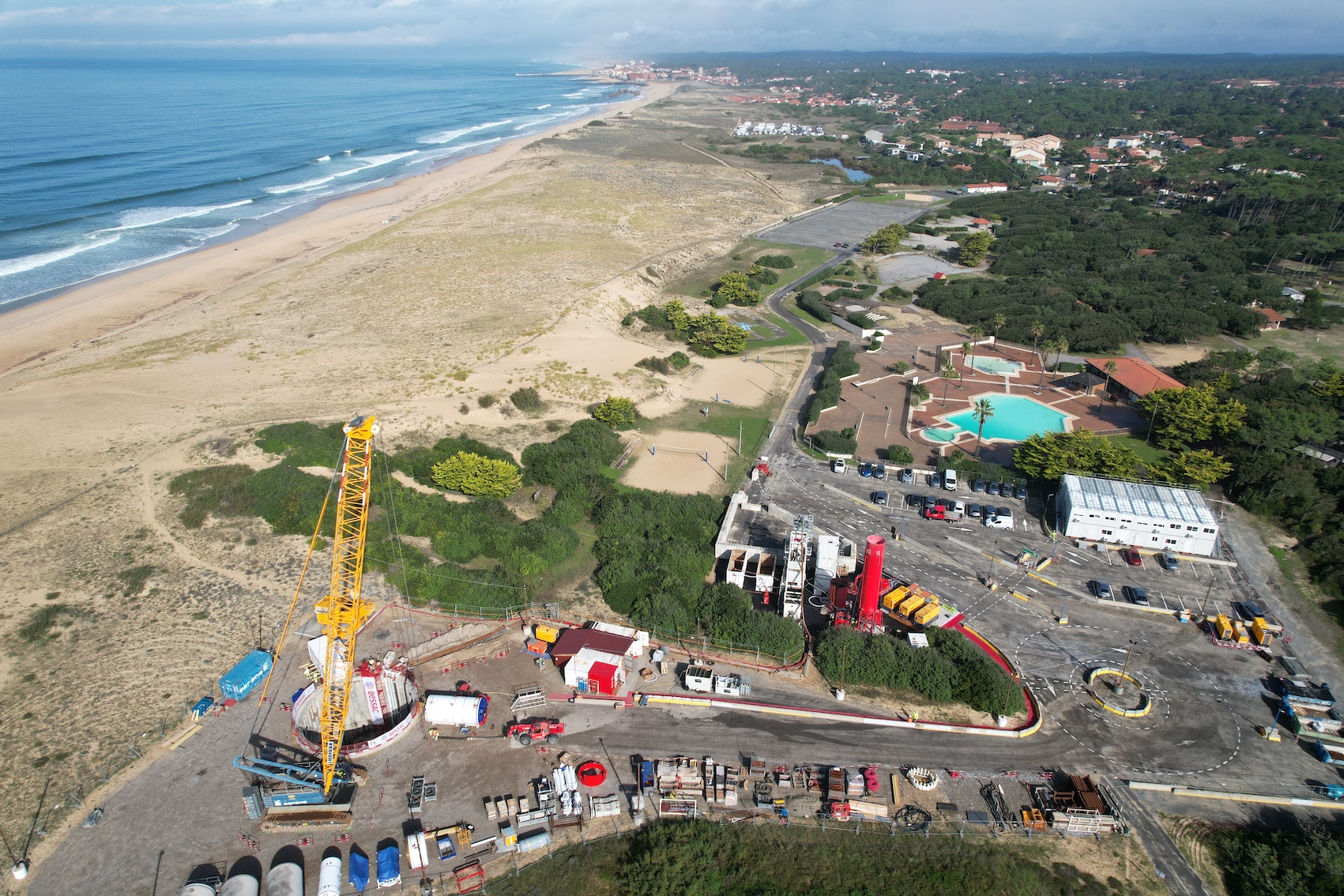
French tunneller Bessac is using Japanese pump technology to dewater the land-based sections of a 2GW, high-voltage power line that will cross the Bay of Biscay between France and Spain.
The overall €3.1bn transmission project is being carried out by the European “Inelfe” initiative – short for “Interconnexion Électrique France-Espagne”.
A joint venture of the country’s grid operators, Red Eléctrica (Spain) and RTE (France), the project aims to increase Spain’s insufficient transmission connections to the rest of Europe, a vulnerability highlighted by yesterday’s blackouts in Spain and Portugal.
The subsea line will have two, dual-cable links, each able to transmit 1GW.
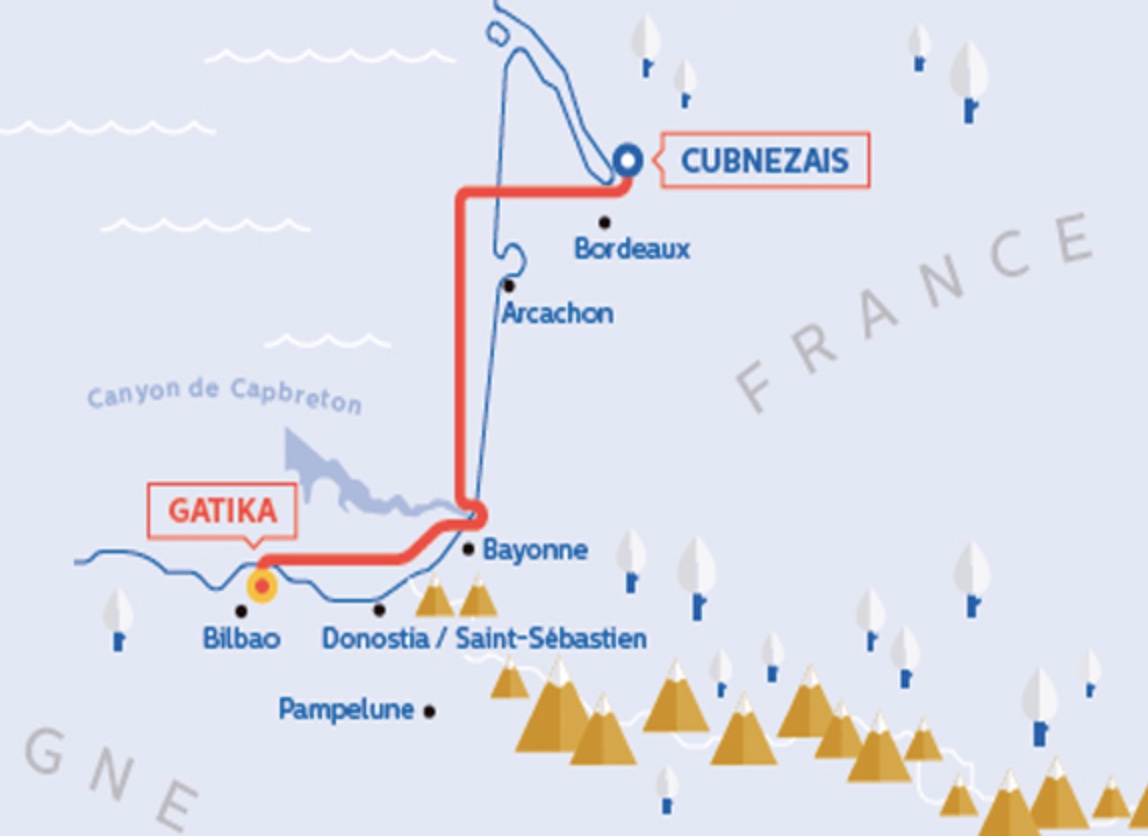
The project will expand transmission capacity between the two countries to 5GW. This puts the interconnection on a par with France’s other neighbouring countries.
The line is scheduled to start transmitting in 2028.
93km of tunnels on land
The route runs 393km from Cubnezais, north of Bordeaux, across the Bay of Biscay to Gatika, just north of Bilbao.
It comes ashore briefly north of Bayonne to avoid the deep subsea Capbreton Canyon.
Bessac is responsible for building 3m-diameter tunnels running 80km from Cubnezais to the French coast, and then 13km from the Bay of Biscay down to a converter station at Gatika.
Keeping them dry
It has chosen the KTZ415 pump from Japanese manufacturer Tsurumi to keep the tunnels dry.
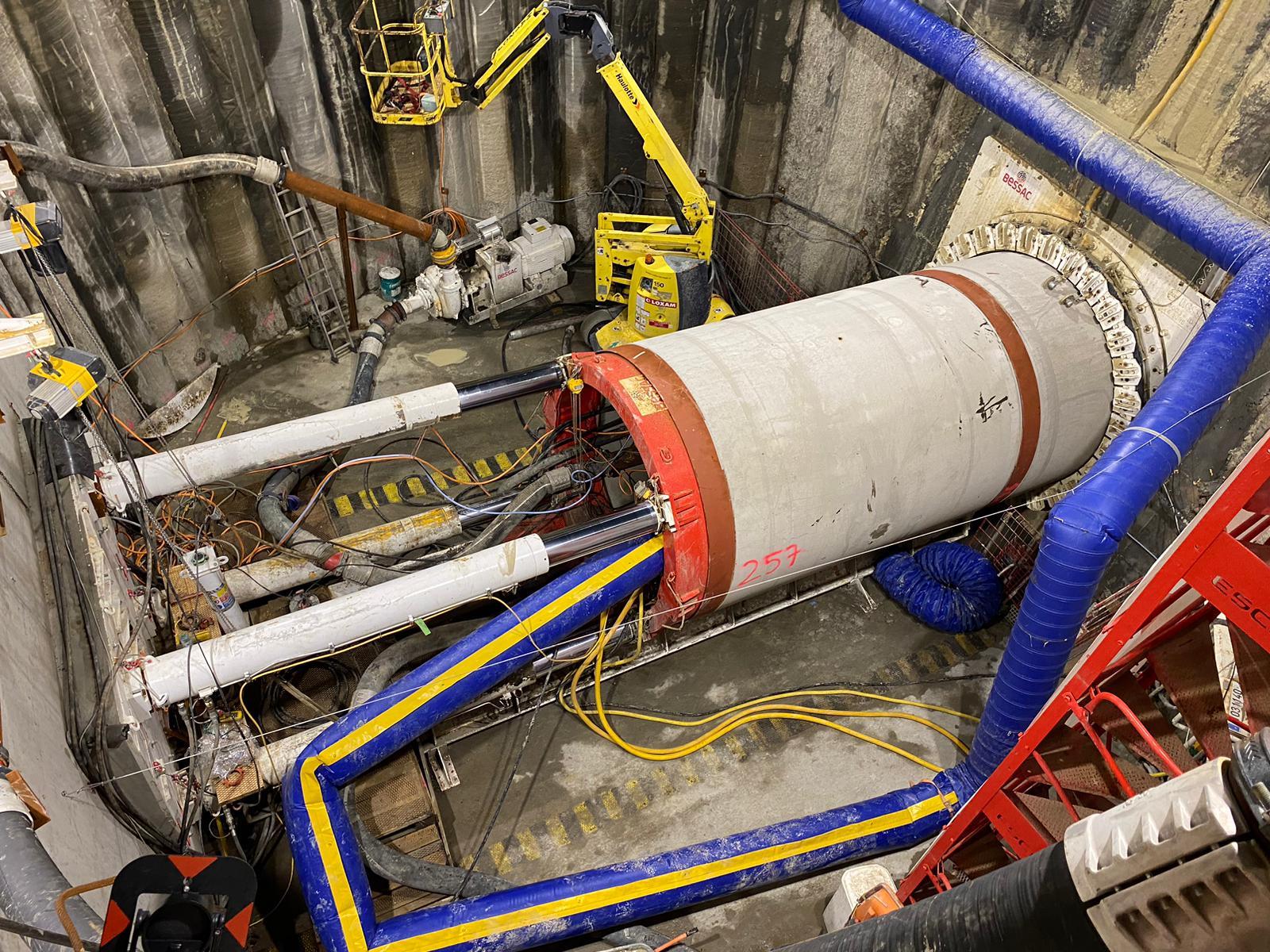
Designed for use in extreme conditions, it has a maximum flow rate of 1,980 litres a minute and a head – the distance it can push water upward against gravity – of up to 55 metres.
Tsurumi says crews can maintain the pump easily inside the tunnels with standard tools, and that the pump has been used “in almost every major tunnel project in Europe”.
- Subscribe here to get stories about construction around the world in your inbox three times a week
Further Reading:

